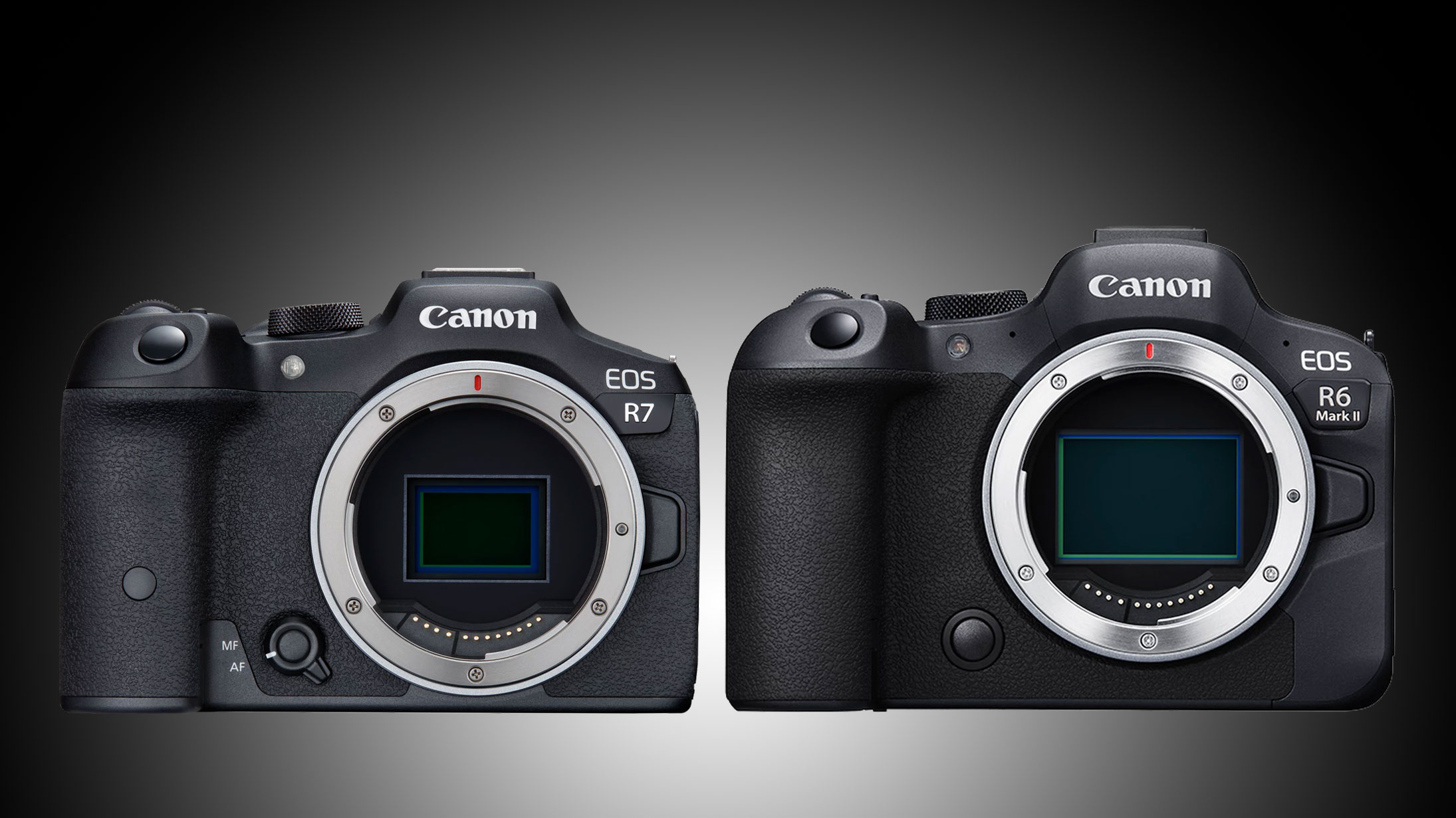
Camera sensors come in different sizes; not just different megapixel ratings, but different physical sizes. And, very roughly, the bigger a sensor is physically, the better the image quality. There are lots of other variables to take into account, and we’ll come on to those shortly. However, the bottom line is that if you’re chasing the best possible image quality, a bigger sensor is better than a smaller one.
What is full frame, and what are the alternatives?
In the DSLR and mirrorless camera market, there are two main physical sensor sizes. Full frame is the largest, and corresponds to the 36mm x 24mm size of 35mm film negatives. But there's a smaller APS-C size, which corresponds to the smaller format APS-C snapshot cameras that were popular towards the end of the film era.
These APS-C sensors measure approximately 24mm x 16mm, and you can see the size comparison in this diagram.
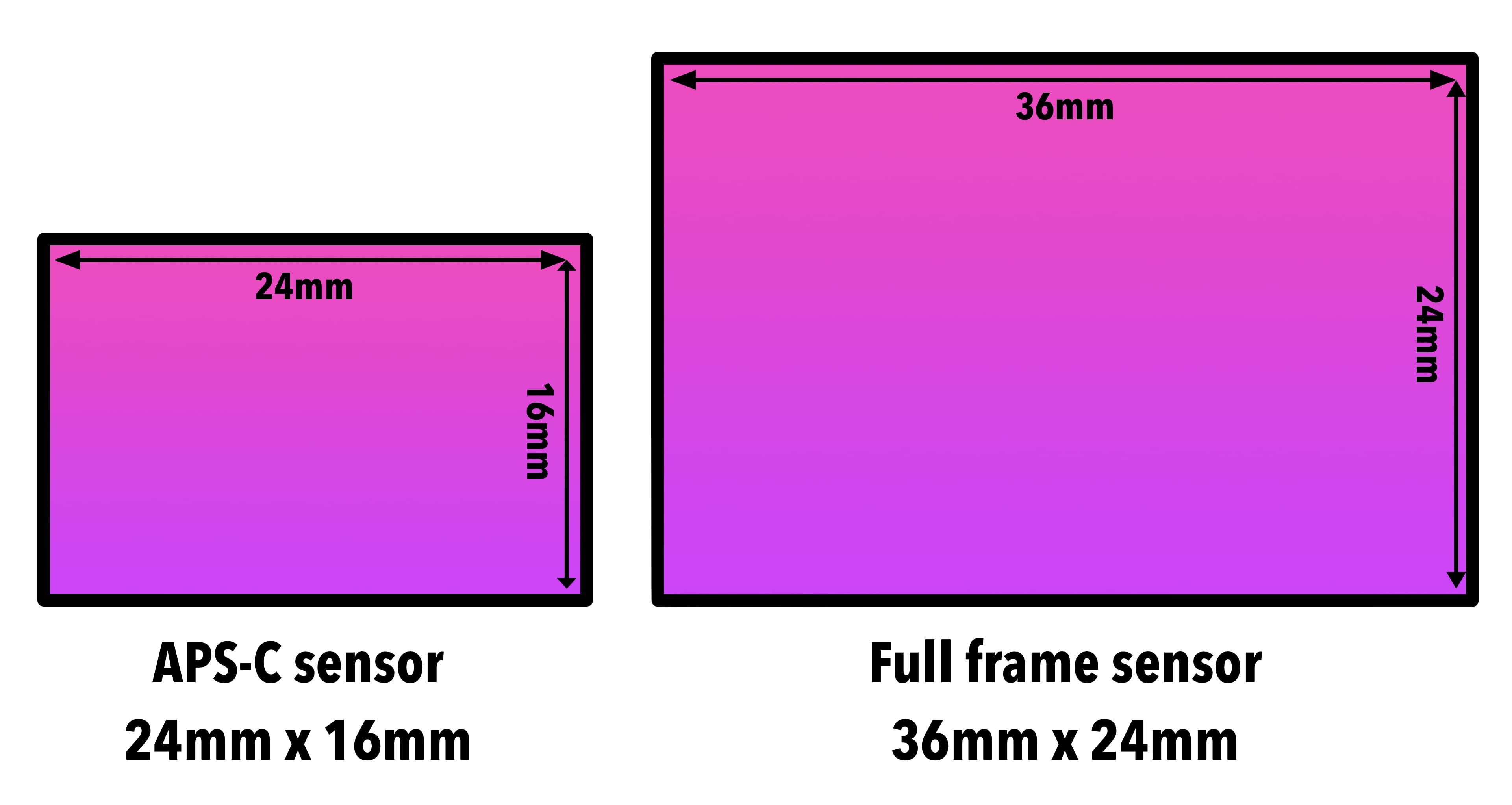
APS-C sensors are sometimes called "crop sensors", because if you use the same lens on both cameras then the smaller APS-C sensor area means that some of the image is cropped.
But that’s not how things work in the real world. In practice, you wouldn’t use the same focal lengths on both formats. With an APS-C camera you'd use a shorter focal length lens which has been designed for that system, with an equivalent angle of view. APS-C cameras commonly use lenses designed specifically for the smaller format that save on weight and cost.
This is where you get the idea of "equivalent" or "effective" focal lengths. To get the same angle of view of a 50mm lens on a full frame camera, you actually need a 33mm lens on an APS-C camera. You can work this out with a so-called "focal factor", which, for APS-C cameras, is about 1.5x – 50mm (full frame) divided by 1.5 gives you 33mm.
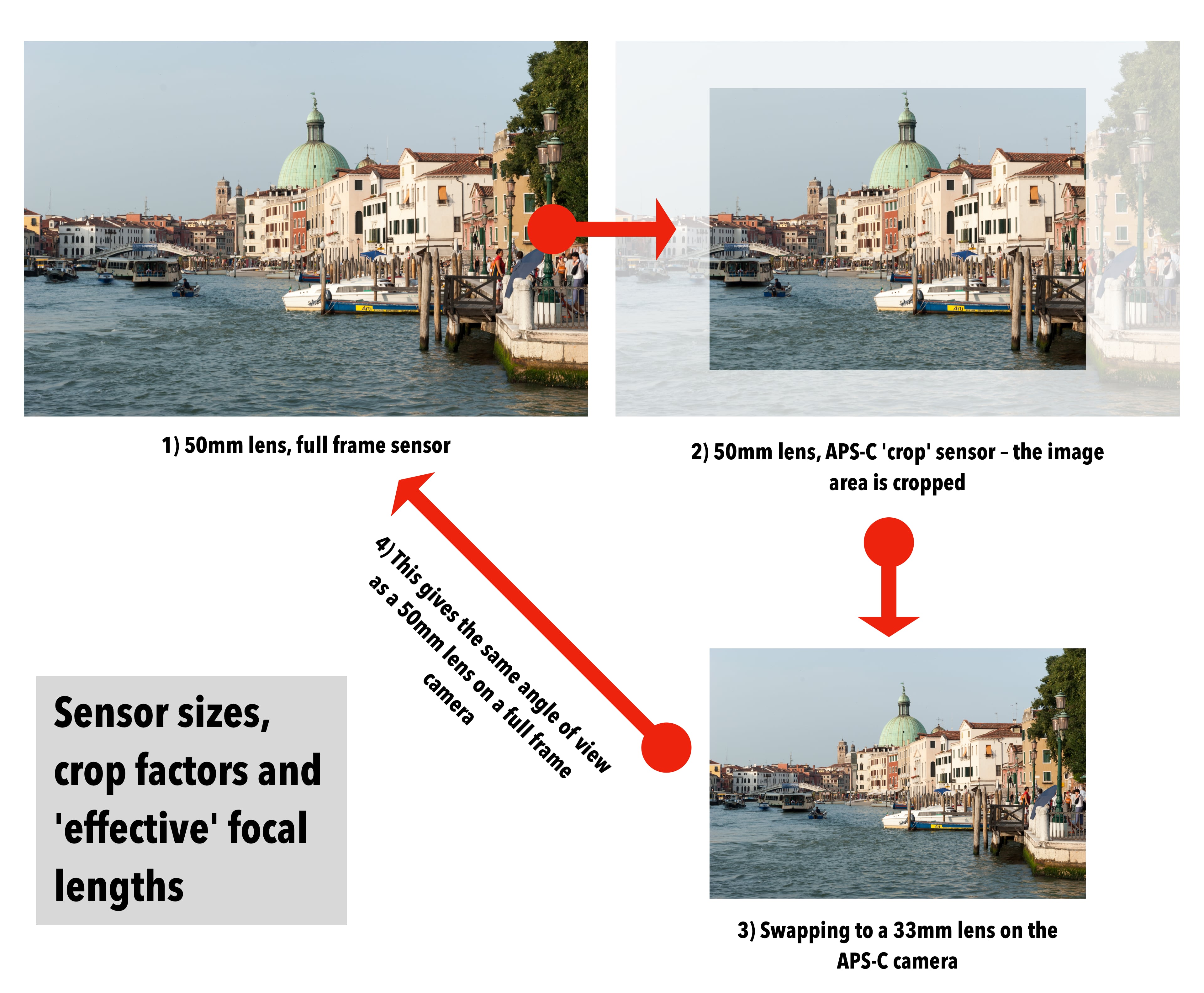
There’s another format we haven’t mentioned: Micro Four Thirds. This is smaller again than APS-C, but it’s also less widely used. For most camera buyers, the key decision is APS-C versus full frame, so we’ll stick to that for this article.
Why is full frame better?
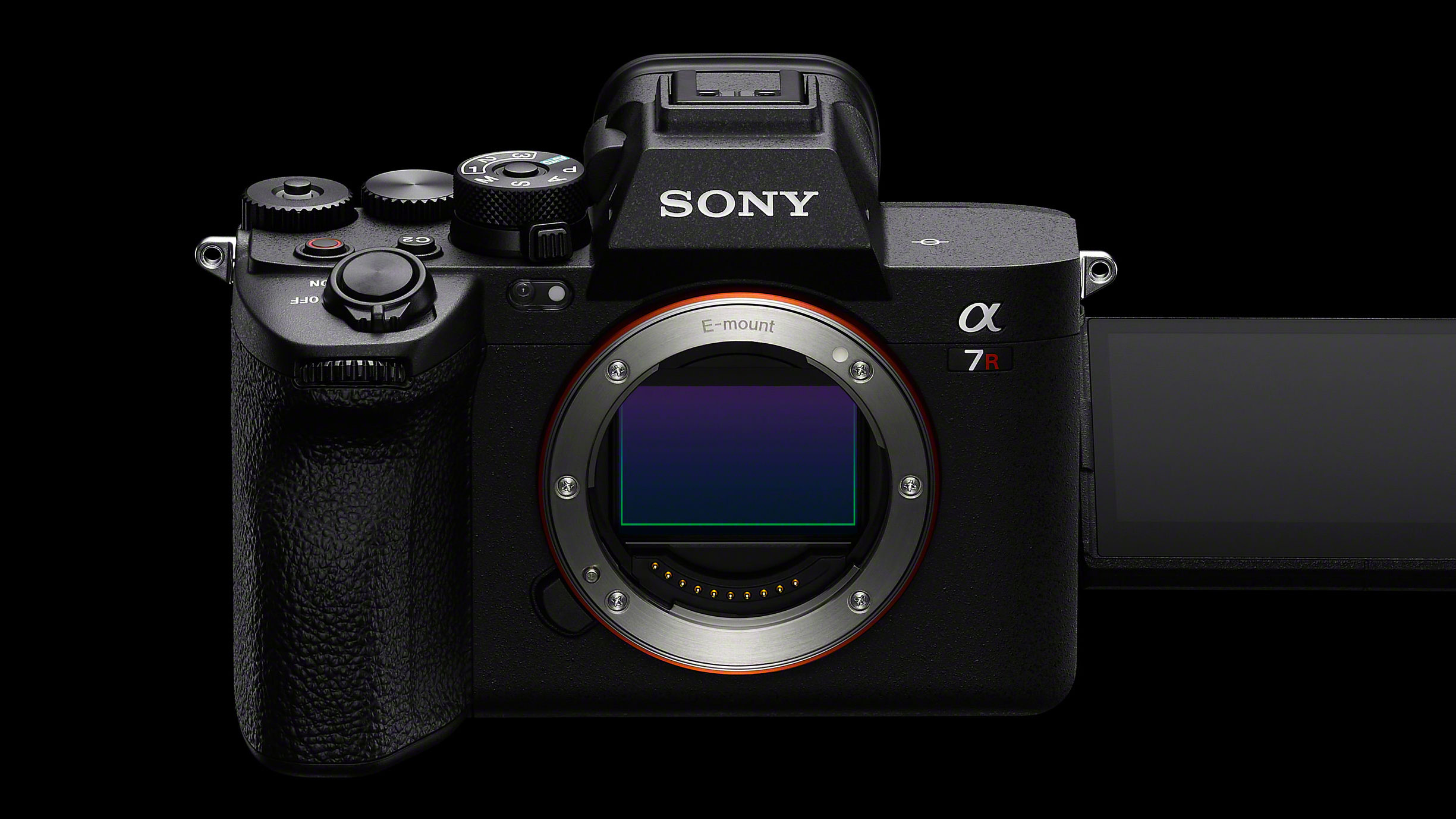
So why is full frame considered better than APS-C? It’s down to two main factors: megapixels and photosite size. More megapixels means more fine detail, but larger photosites means better sensitivity, superior quality at higher ISOs and, theoretically, more dynamic range.
Many APS-C cameras have the same resolution in megapixels as full frame cameras, and sometimes more. The APS-C format Fujifilm X-T5, for example, has a 40-megapixel sensor, which is more than all but the most expensive full frame cameras. But having all these megapixels in a physically smaller sensor inevitably means that the individual photosites, or light receptors, are smaller. In theory, this means more noise at high ISOs and less dynamic range.
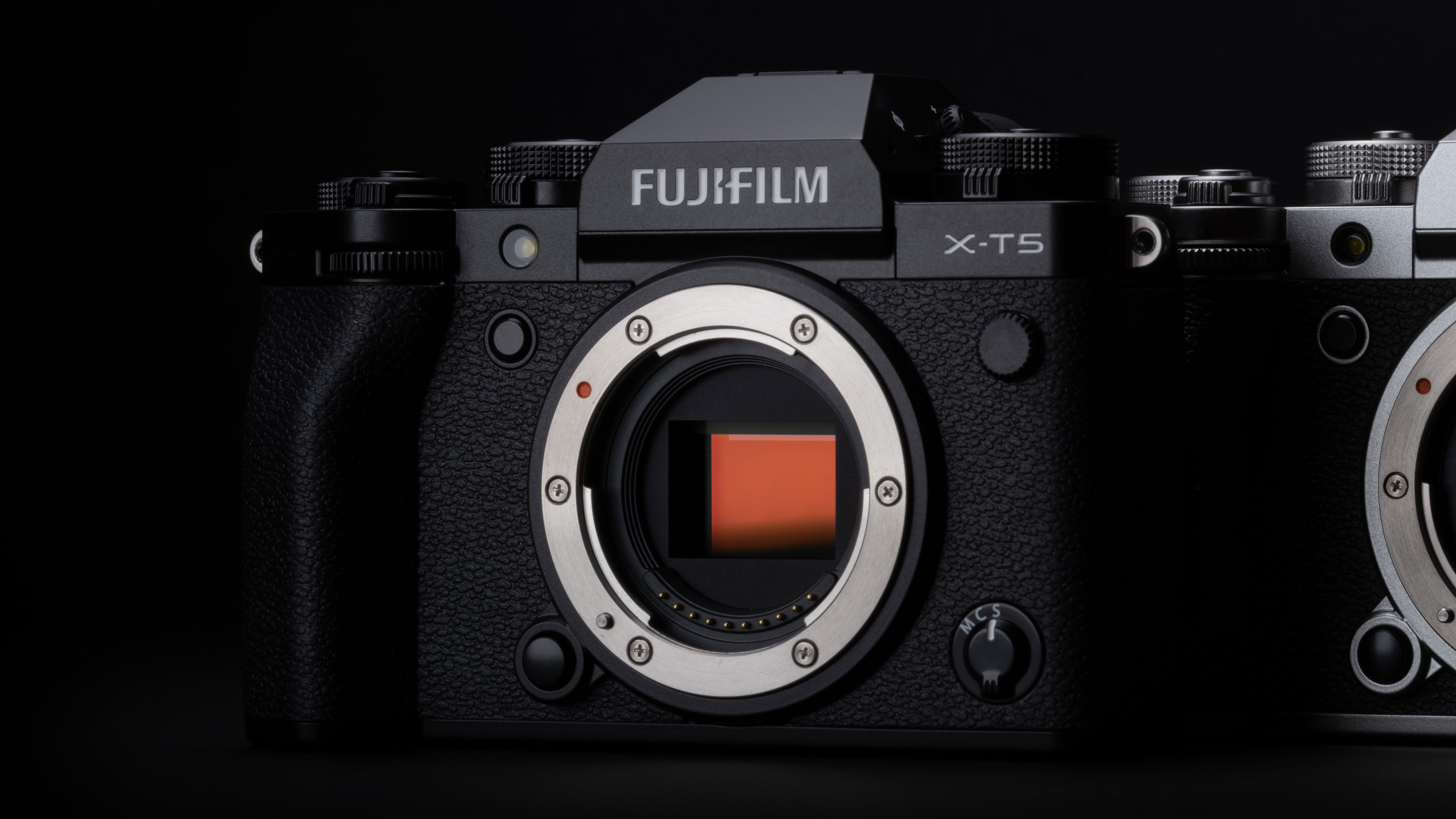
So what if you could get an APS-C camera with the same size photosites as a full frame sensor? Well, because of the smaller sensor area, you'd have far fewer megapixels and hence capture less fine detail.
In other words, with the smaller APS-C format, you can’t have your cake and eat it! You can have the same resolution, but you lose high-ISO performance and dynamic range as a result; or you could have the same high-ISO image quality and dynamic range, but you'd have to accept fewer megapixels.
In practice, it isn't that cut and dried. It’s not always easy to see the quality difference between these formats, and often it won’t matter.
When is APS-C just as good?
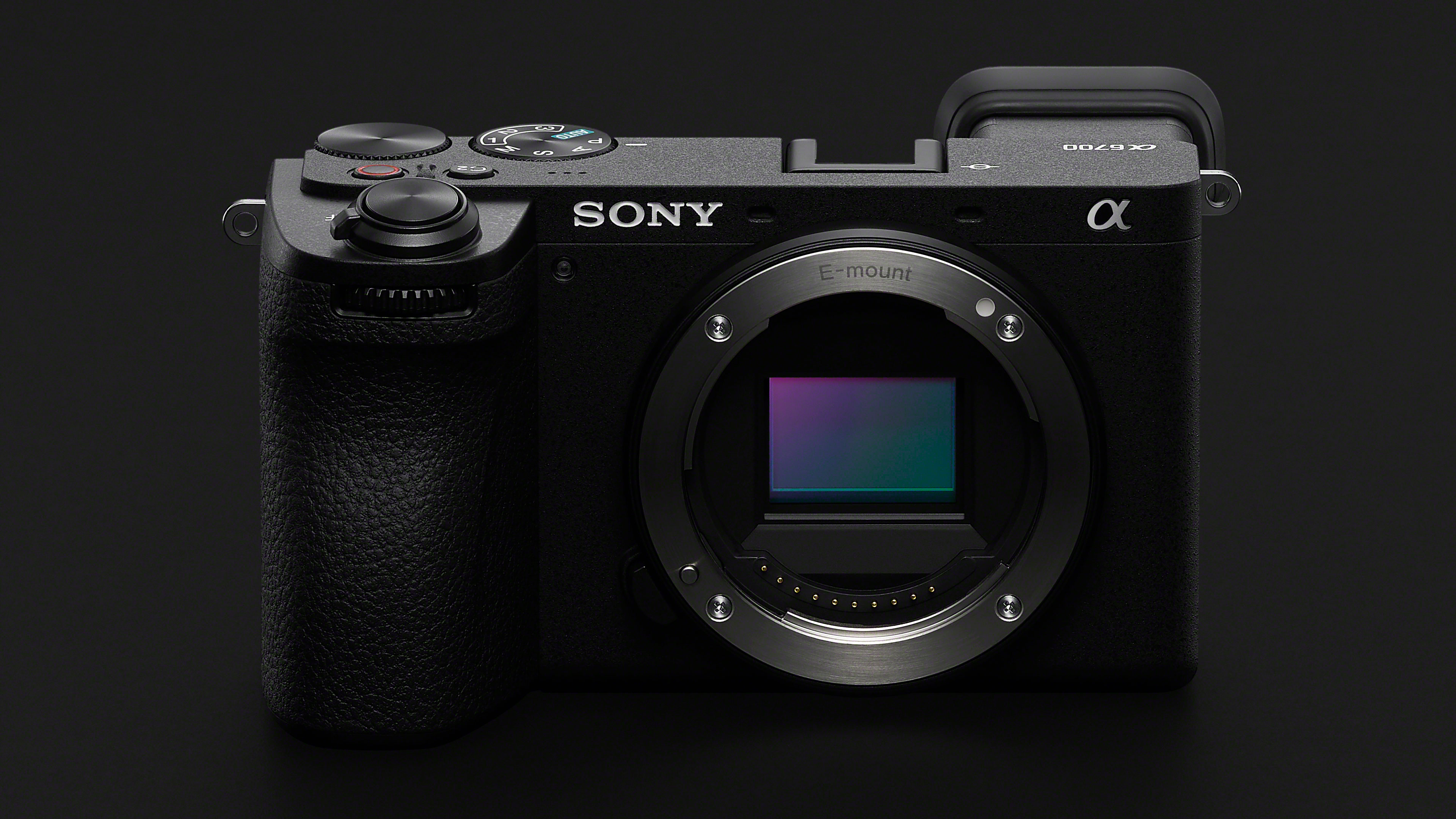
Nevertheless, if full frame sensors start out with these technical advantages, why are APS-C cameras even a thing? It comes down to cost, size and the right tools for the job.
The best professional-quality APS-C cameras are about the same price as middle-of-the-road full frame consumer cameras. It isn't just the cameras that are cheaper, but the lenses are, too, and this is where the cost and weight differences become even more obvious.
Lenses for full frame cameras are inevitably bigger and heavier than their direct equivalents for APS-C cameras. It’s simple optical physics. The focal lengths are longer to get the same angle of view, and the glass elements are larger to cover the increased size of a full frame sensor. This doesn’t just add to the weight; it adds considerably to the cost. Professional-quality full frame lenses are typically twice the size and price of APS-C equivalents.
But isn’t APS-C just for amateurs?
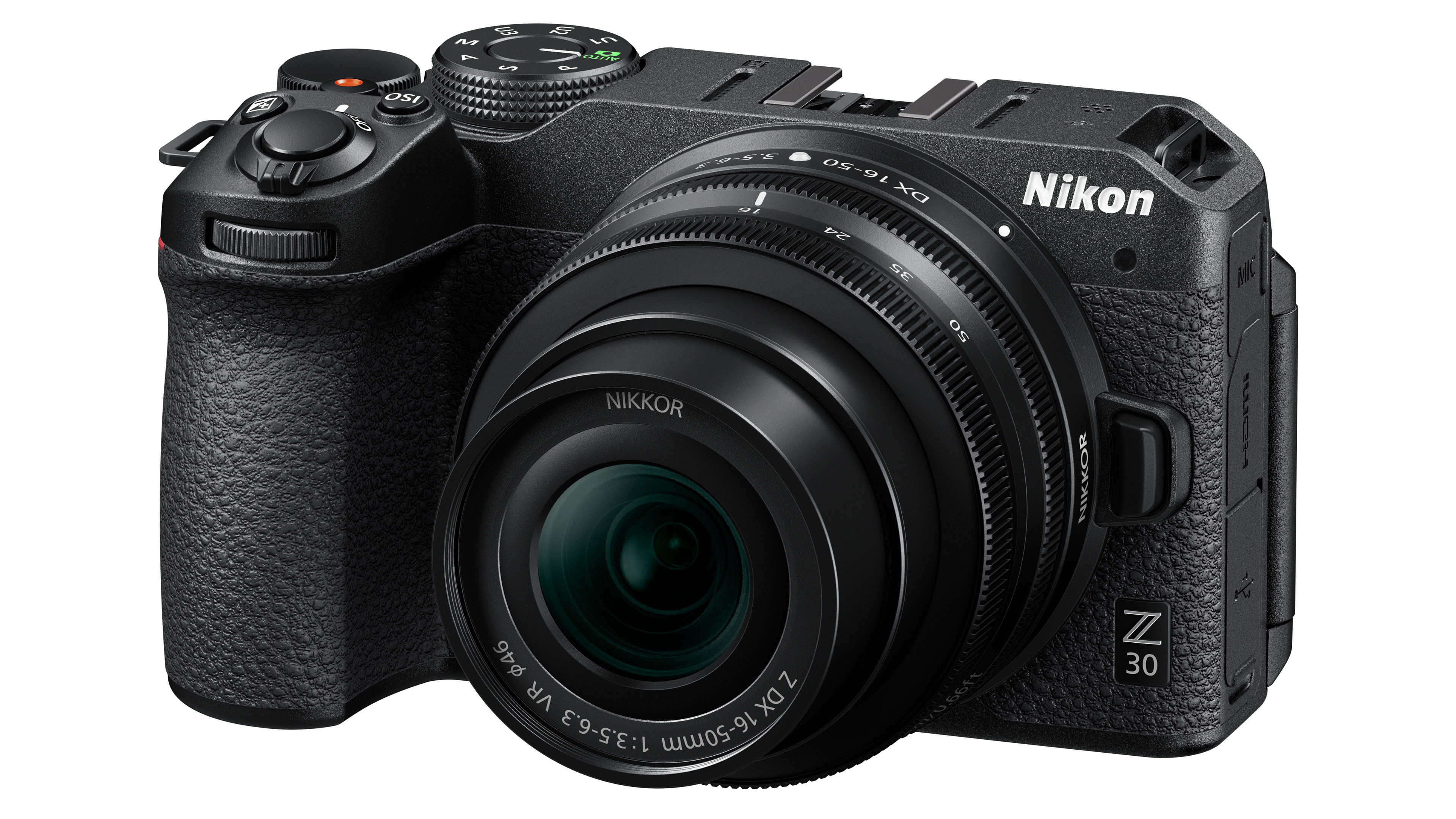
That’s a good question – with two answers! It’s true that many APS-C cameras are aimed at beginners and enthusiasts who perhaps have limited budgets and limited knowledge. The APS-C format has lower manufacturing costs and is well suited to budget buyers.
But there are professional-level APS-C cameras, too, such as the Sony A6700 or FX30 cinema camera, or the Fujifilm X-H2S, which is an extremely fast and powerful hybrid stills/video camera. The success of these cameras lies in their speed and mobility, and a level of image quality that's easily good enough for their target users.
That’s the difference between amateur and professional photographers. Amateurs always want more – more megapixels, bigger sensors – and don’t mind compromising on mobility and practicality to get the "ultimate". Professionals are much more practical. They need cameras designed for the job they need to do, and there’s a lot more to that than megapixels and sensor size. Bigger is not always better.
Can you upgrade from APS-C to full frame?

You can, and that might seem like the ideal route if you’re just getting into photography. The upgrade path can be pretty straight – but it isn't always smooth!
Sony, Canon and Nikon all use the same lens mount for their APS-C and full frame cameras, so in principle you can fit the same lenses to both. In practice, there are some limitations.
When you get an APS-C camera, you'll typically get lenses designed for the smaller format. They’re cheaper, lighter – and it’s the obvious way to go. With Canon you get special RF-S lenses; with Nikon, you get Nikkor Z DX lenses; and with Sony, you should look out for Sony E (APS-C) versus Sony FE (full frame lenses).
Why does this matter? Because these smaller APS-C lenses won’t cover the full sensor area of a full frame camera. You can use them, but only with the camera set to an APS-C crop mode, so that you lose a good part of the camera’s resolution. That might work as an emergency measure, but it’s no good as a long-term plan.
Basically, if you do start out with an APS-C camera, you can step up relatively easily to the maker’s full frame system, but you can expect to have to invest in some new lenses along the way.
Fujifilm cameras are a special case because Fujifilm doesn’t make full frame cameras at all! With Canon, Nikon and Sony, their APS-C cameras might just be stepping stones to their full frame systems; but with Fujifilm there's no upgrade path because Fujifilm’s APS-C X-mount cameras and lenses are a full, self-contained system in themselves.
What about cinematic feels and beautiful bokeh?

It’s true that full frame sensors have a reputation for shallow depth of field, "cinematic" video, and beautifully blurry backgrounds for portraits.
This comes about because the larger sensor size means you use longer focal lengths to get the same angle of view, and longer focal lengths are one of the key factors in shallow depth of field – but not the only one. The lens aperture and subject/background distance are important, too.
The fact is that full frame images may sometimes have a different "look" because of this tendency towards shallow depth of field – but that's only a tendency. It’s not like flicking a switch. It’s not to say that APS-C cameras can’t achieve the same effect. They can – just not quite to the same degree or quite as often. The difference in sensor size between APS-C and full frame isn't great, and neither is the difference in "bokeh" and the "cinematic" look of video.
APS-C vs full frame: the verdict
Full frame cameras have a technical advantage over APS-C cameras for outright image quality, but APS-C cameras tend to be cheaper and more mobile without sacrificing professional features – and the cost and weight of equivalent APS-C lenses is lower again.
You can invest in an APS-C camera as a stepping stone to more advanced full frame cameras, although you'll eventually need to invest in full frame lenses, too. Full frame isn't necessarily the only "professional" format to aspire to. Depending on what you shoot and how you shoot it, a full frame camera may deliver extra quality, but an APS-C camera may be the better choice for its mobility and speed.
Sensor size and megapixels aren’t everything!







